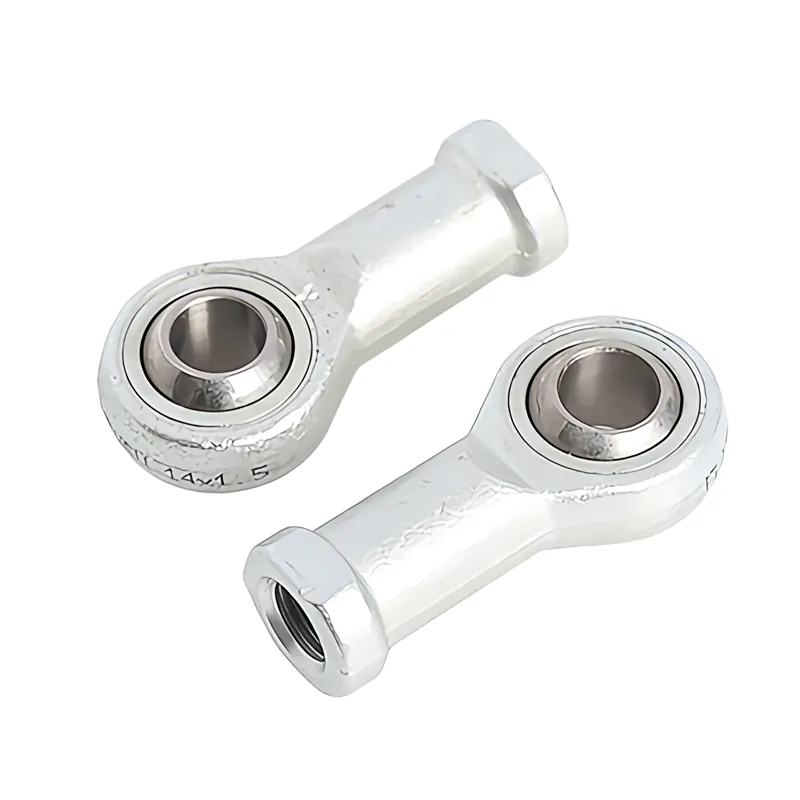Critical speed considerations of ball screws
Critical speed is an important consideration when it comes to Ball Screws. The critical speed of a ball screw
refers to the rotational speed at which the screw starts to exhibit excessive vibration and becomes prone to instability.
Operating a ball screw at or near its critical speed can lead to reduced performance, increased wear, and potential failure.
The critical speed of a ball screw is influenced by several factors, including the length of the screw, its diameter,
and the type of support bearings used. Longer screws tend to have lower critical speeds compared to shorter ones.
Similarly, larger diameter screws have higher critical speeds than smaller ones.
To ensure safe and reliable operation, it is essential to operate a ball screw below its critical speed. Operating within
a safe range significantly reduces the risk of vibrations that can affect accuracy and cause premature wear or damage.
Designers and engineers take several steps to address critical speed considerations in ball screw applications:
1. Proper Design: Ball screws are designed with appropriate dimensions, such as length-to-diameter
ratios and bearing supports, that allow them to operate safely below their critical speeds.
2. Material Selection: Choosing high-quality materials with excellent strength and
stiffness properties helps minimize vibrations and increase the critical speed threshold.
3. Support Bearings: Selecting suitable support bearings that provide proper
rigidity and damping characteristics can help enhance stability at high speeds.
4. Preload Adjustment: Properly adjusting preload on the ball nut can improve system
stiffness and reduce vibration tendencies near or above the critical speed range.
5. Dynamic Balancing: For high-speed applications or situations where vibrations are a concern,
dynamic balancing techniques may be employed during manufacturing
or installation processes to reduce imbalance-induced vibrations.
 Why Precision Ball Screws are Vital for Industrial Automation and How to Choose the Right Supplier
Why Precision Ball Screws are Vital for Industrial Automation and How to Choose the Right Supplier
 SAIVS Linear Motion Ball Slide Units – Precision and Reliability for Your CNC Needs
SAIVS Linear Motion Ball Slide Units – Precision and Reliability for Your CNC Needs
 High - Quality T - Slot Aluminum Extrusion Profiles from Ningbo SAIVS Machinery Co., Ltd
High - Quality T - Slot Aluminum Extrusion Profiles from Ningbo SAIVS Machinery Co., Ltd
 Enhance Industrial Efficiency with Premium Cylinder End Bearings from SAIVS
Enhance Industrial Efficiency with Premium Cylinder End Bearings from SAIVS
















